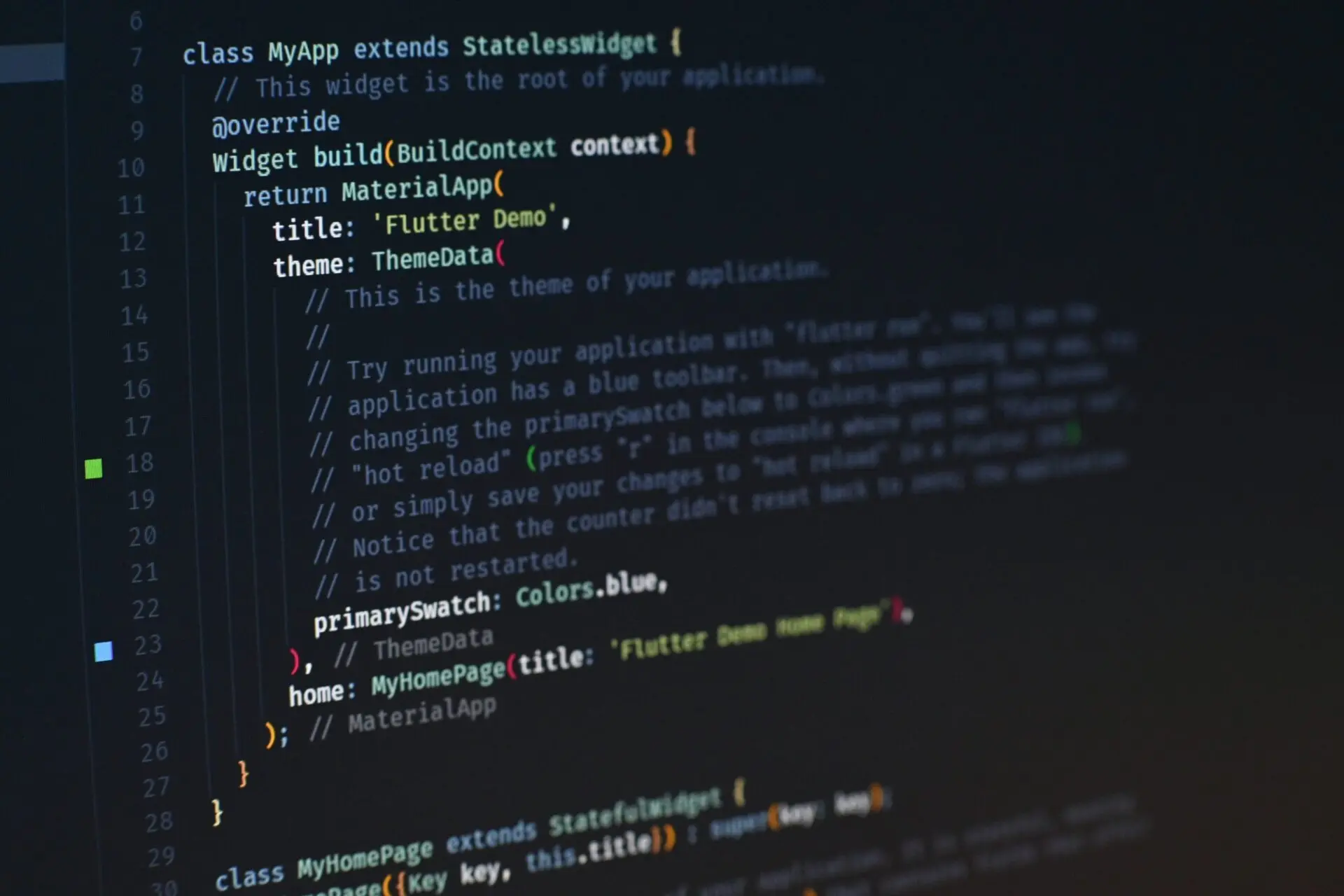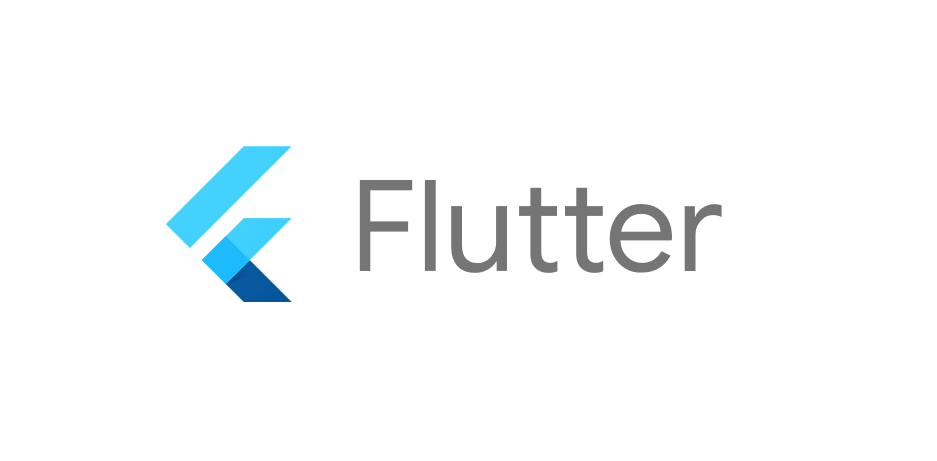
Flutter vs. React Native
January 30, 2022
/
5 -min read
Mobile development is a gold mine for developers. Its popularity has exploded as much as…

Top 9 Flutter apps: The most popular apps built in Flutter
January 10, 2022
/
6 -min read
What cross-platform development framework sends your heart aflutter? There’s a good chance it’s actually Google’s…